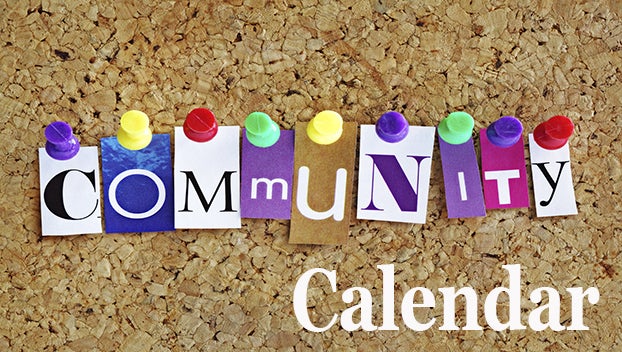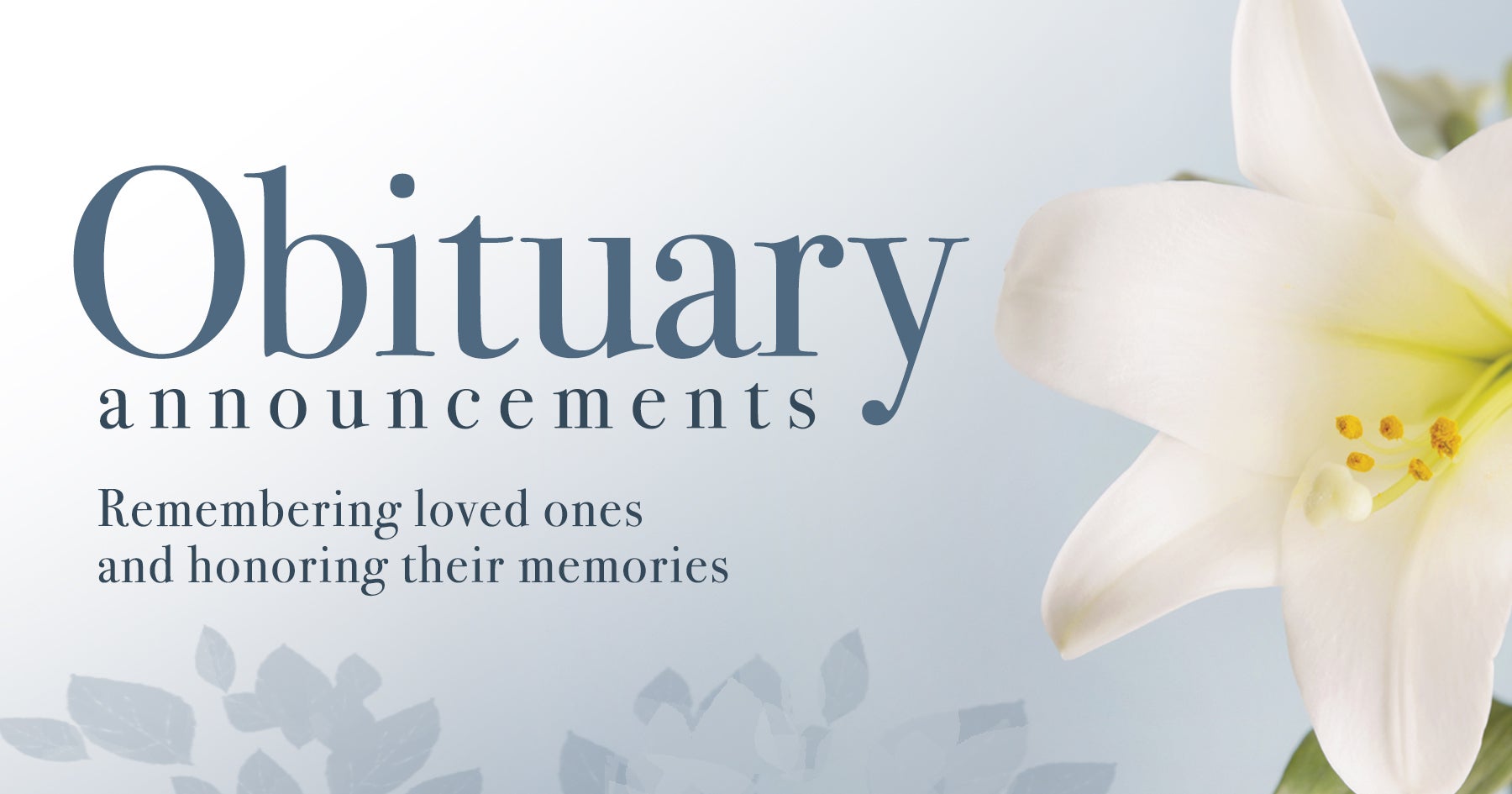Erin’s Law, SCAN implemented in county schools
Published 5:27 pm Tuesday, April 18, 2017
Three million of the 42 million sexual abuse survivors in the U.S. are children, enough to fill no less than 46 national football stadiums. One in four girls and one in six boys will be sexually abused before the age of 18. And for 90 percent of those victimized, the abuser will be someone they know and trust.
“We’ve talked about ‘Stranger Danger’ again and again, of not going with the stranger with the cute puppy and all that,” said Kathy Smyth, director of the Butler County Children’s Advocacy Center, best known as Safe Harbor, a center that helps child abuse victims in Butler, Crenshaw, Lowndes and Covington counties.
“But the sad fact is that most children are abused by people in their own family and in their own neighborhood,” Smyth said. “April is Child Abuse Prevention Month and it’s a good time to talk about what we have been doing in our local schools to help kids who could be or have been victimized.”
Safe Harbor reached out to parents and high school students in Butler County this school year through SCAN (Stop Child Abuse Now) and Erin’s Law to help young abuse victims find help and hope and to prevent such abuse whenever possible.
“Erin Merynn is a childhood sexual assault survivor from Illinois. She went through school experiencing this and not knowing who or where to reach out for help,” said Smyth. “After she grew up and was able to experience healing, Erin knew she didn’t want other kids to go through such a lost period in their lives and possibly not begin to heal until later in life—if ever. So she worked to implement Erin’s Law first in her home state. And it’s spread to over 25 states, including Alabama.”
Erin’s Law requires that all public schools in each state adopting the law implement a prevention-oriented child sexual abuse program which teaches students in grades pre-K-12th grade using age-appropriate techniques to recognize child sexual abuse and tell a trusted adult. It also requires instruction for all school personnel about child sexual abuse and educates parents & guardians concerning the warning signs of child sexual abuse. Additionally, needed assistance, referral or resource information is available to support sexually abused children and their families.
In Butler County, the program was implemented into all the public high schools in the county, said Smyth.
“First, we talked to each of the principals and asked, ‘Are there any topic off-limits for us to discuss with these students in terms of abuse?’ And they all told us, ‘No.’ And we went from there.”
The student bodies at each high school were split into smaller all-boy and all-girl groups to help the teens feel more at ease asking questions and engaging in the discussion.
“We explained to them exactly what abuse is in its different forms and we covered a variety of topics—bullying, ‘sexting,’ defining the age of consent and why it’s important to be respectful of someone saying ‘no,’ for example,” Smyth said. “Also, we talked about the importance of going with your gut instinct—if a situation just feels wrong to you, then acknowledge that. And while secrets can be fun, certain secrets, the kind where someone is being harmed, are the ones you don’t keep.”
Positive and negative relationships were also discussed in these open forums, recognizing that the boyfriend or girlfriend who demands to know where you are and what you are doing 24/7 is not necessarily the healthiest relationship for you. “You could see some of the students nudging one another. You knew they had someone specific on their mind,” Smyth said.
Awareness and prevention programs like the one implemented by Erin’s Law are often the first to go when budget cuts are made, says Smyth. “We are hopefully turning that corner now. And if the BOE wants to continue, we will see this implemented starting in the third grade, continuing in the fifth and seventh grades and then in high schools across the county.”
The research-based curriculum provides children with the same information, but tailored to the age of the students, reinforcing the message as the child matures into high school age.
“So many of the adults who have had abuse experiences in the past, even long past, are still having trouble dealing with what happened to them,” Smyth said. “They can’t move past it, get healing, forgive. And it affects their adult relationships with spouses, with children. Programs like this one can help prevent the abuse from happening and help move abuse victims into healing and wholeness so much sooner.”
The Children’s Advocacy Center is also ready to provide the intense work needed in the aftermath of abuse “for as long as the victims need.”
“It is so much better when we intervene on their behalf now,” Smyth stressed.“An ounce of prevention today could stop a lot of heartache and pain tomorrow.”
Within just one calendar year, an average of 1200 counseling sessions will take place within Safe Harbor, with an average of 100 forensic interviews conducted with youngsters from the counties served who have suffered abuse, extreme neglect or who have witnessed a violent crime.





